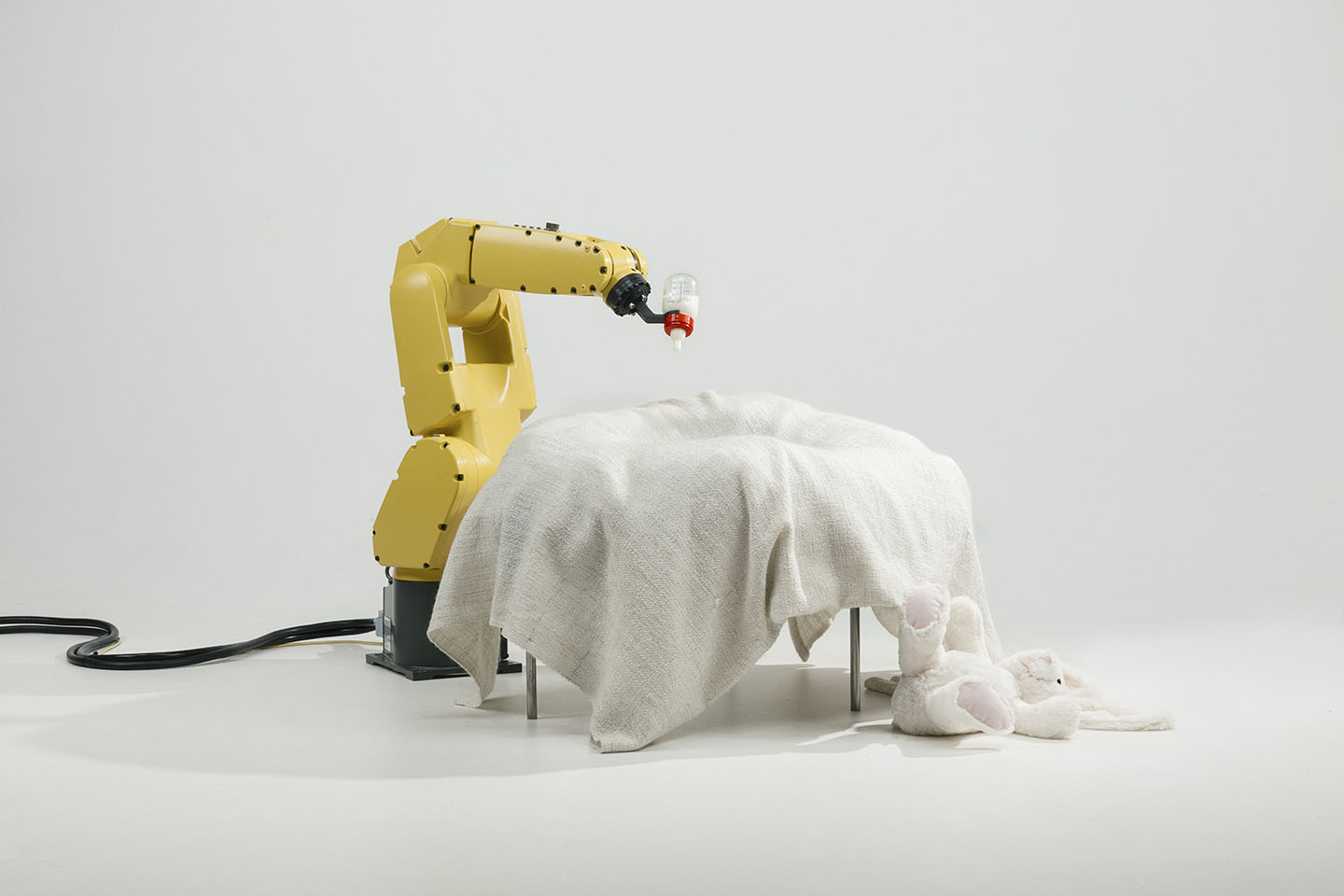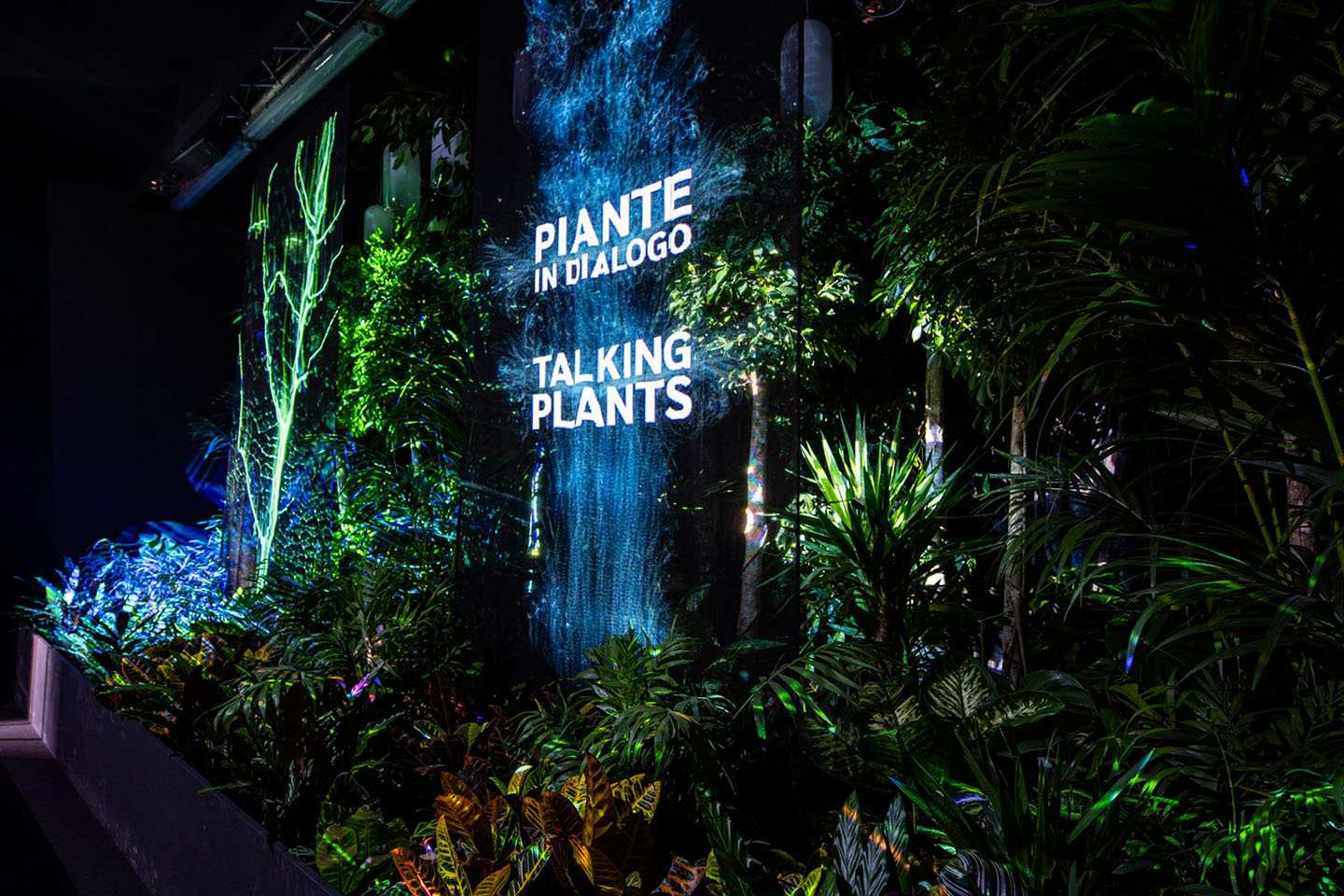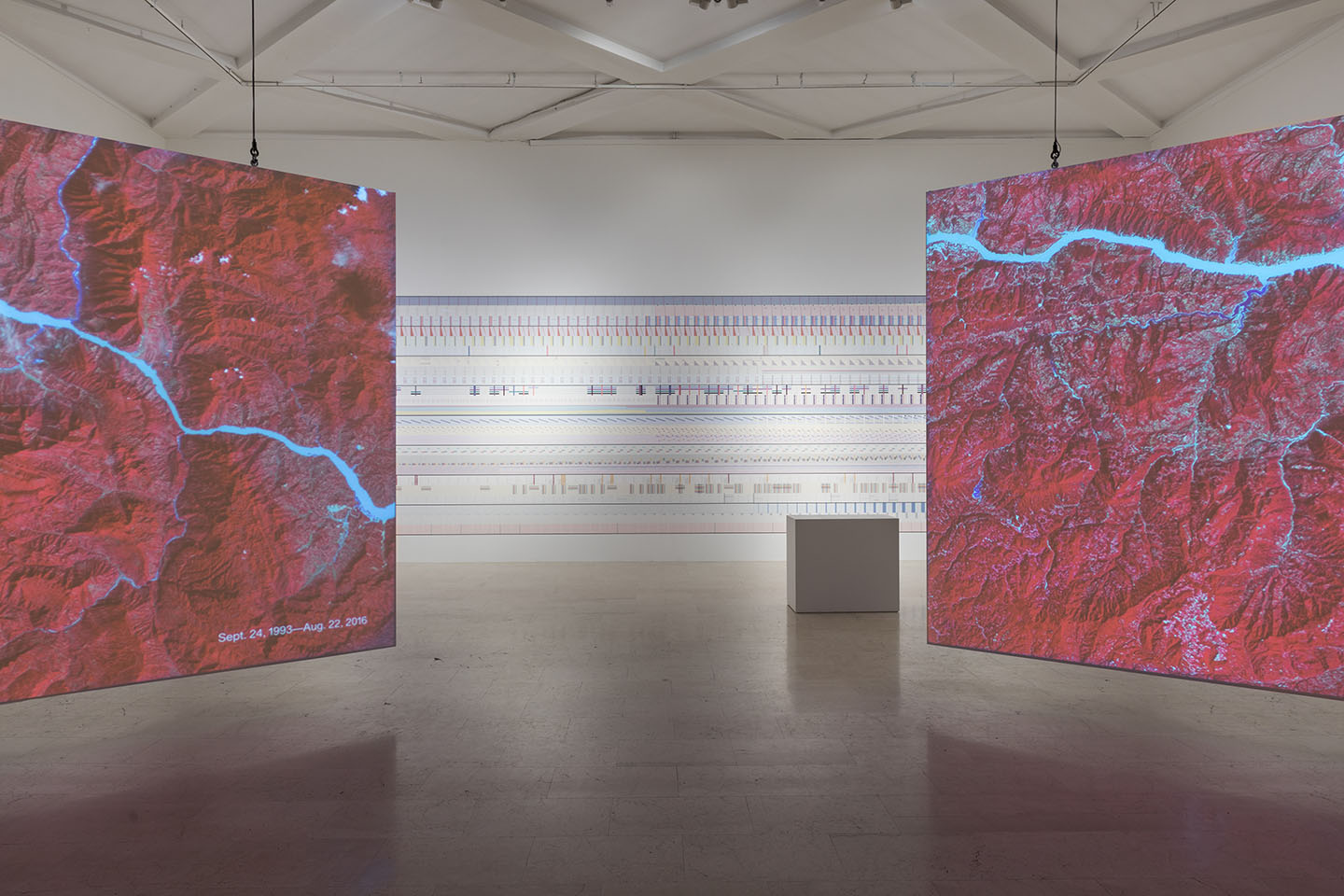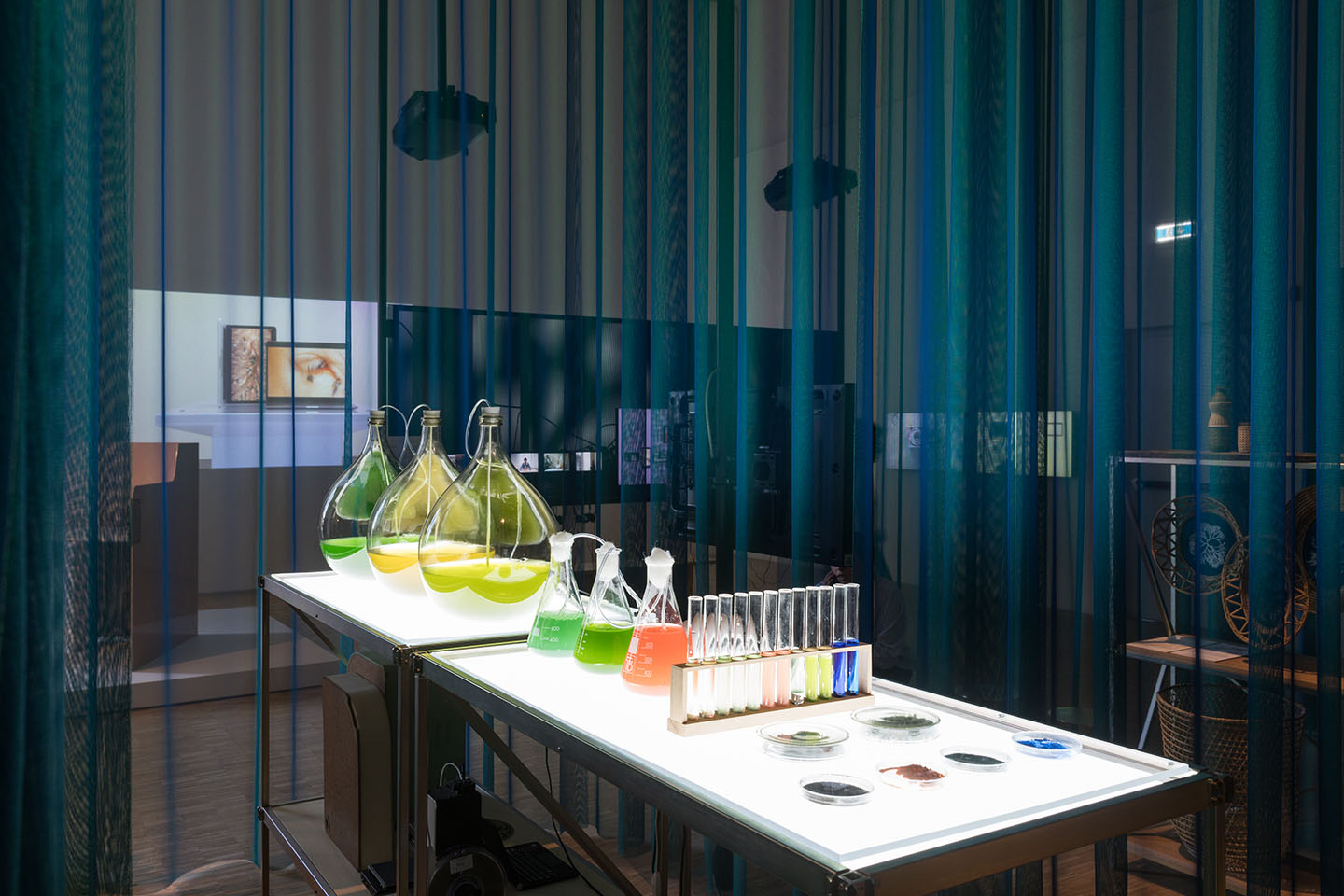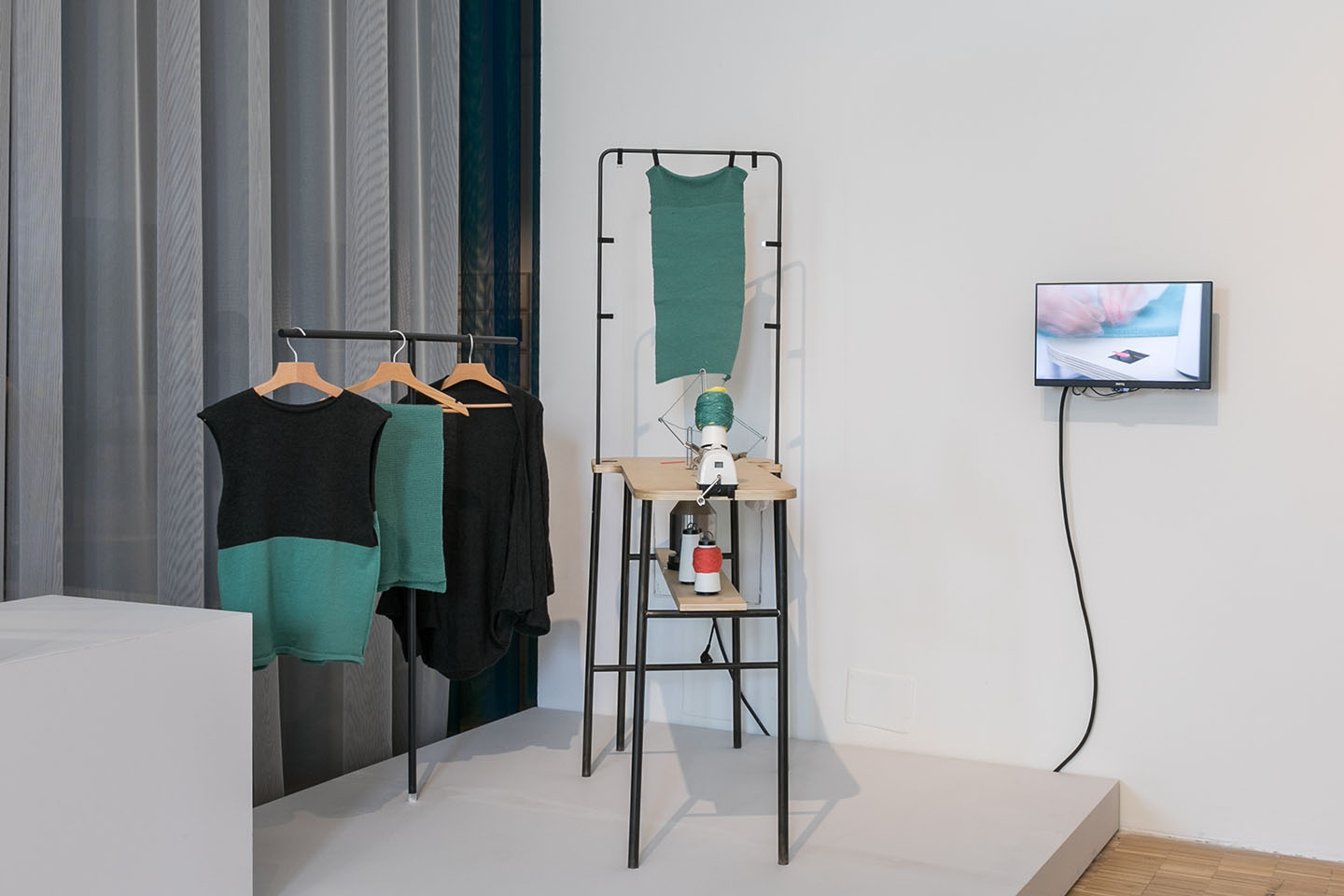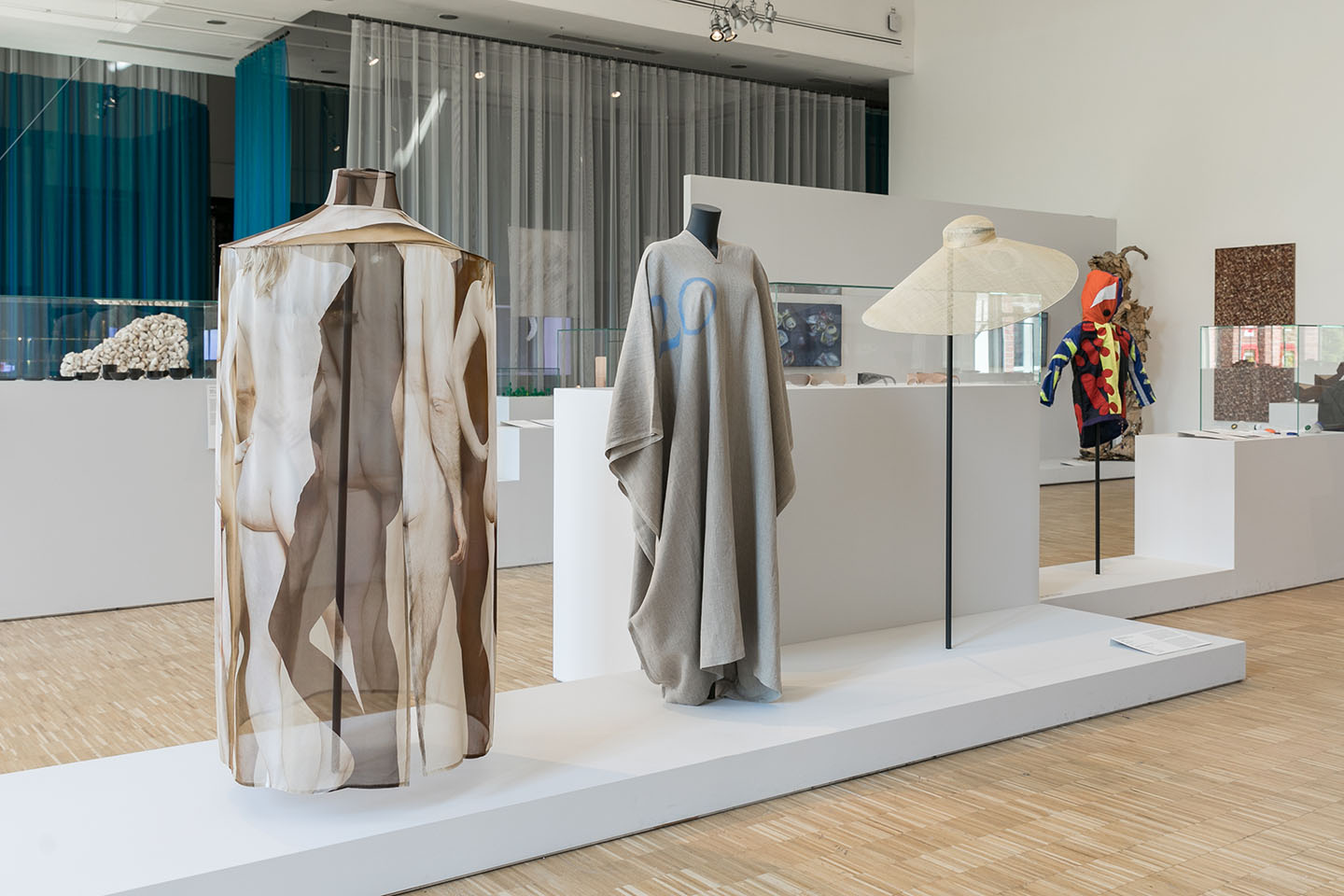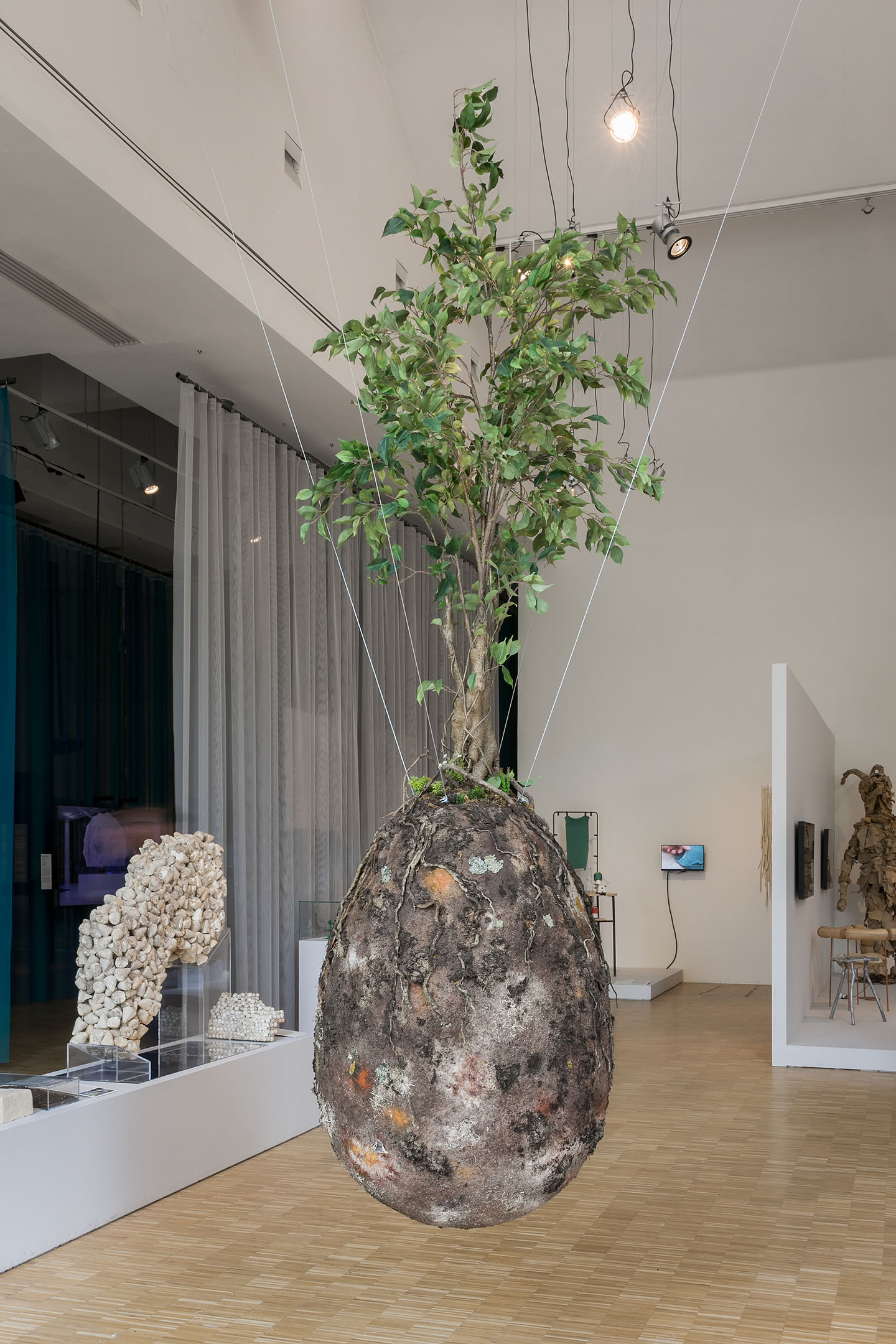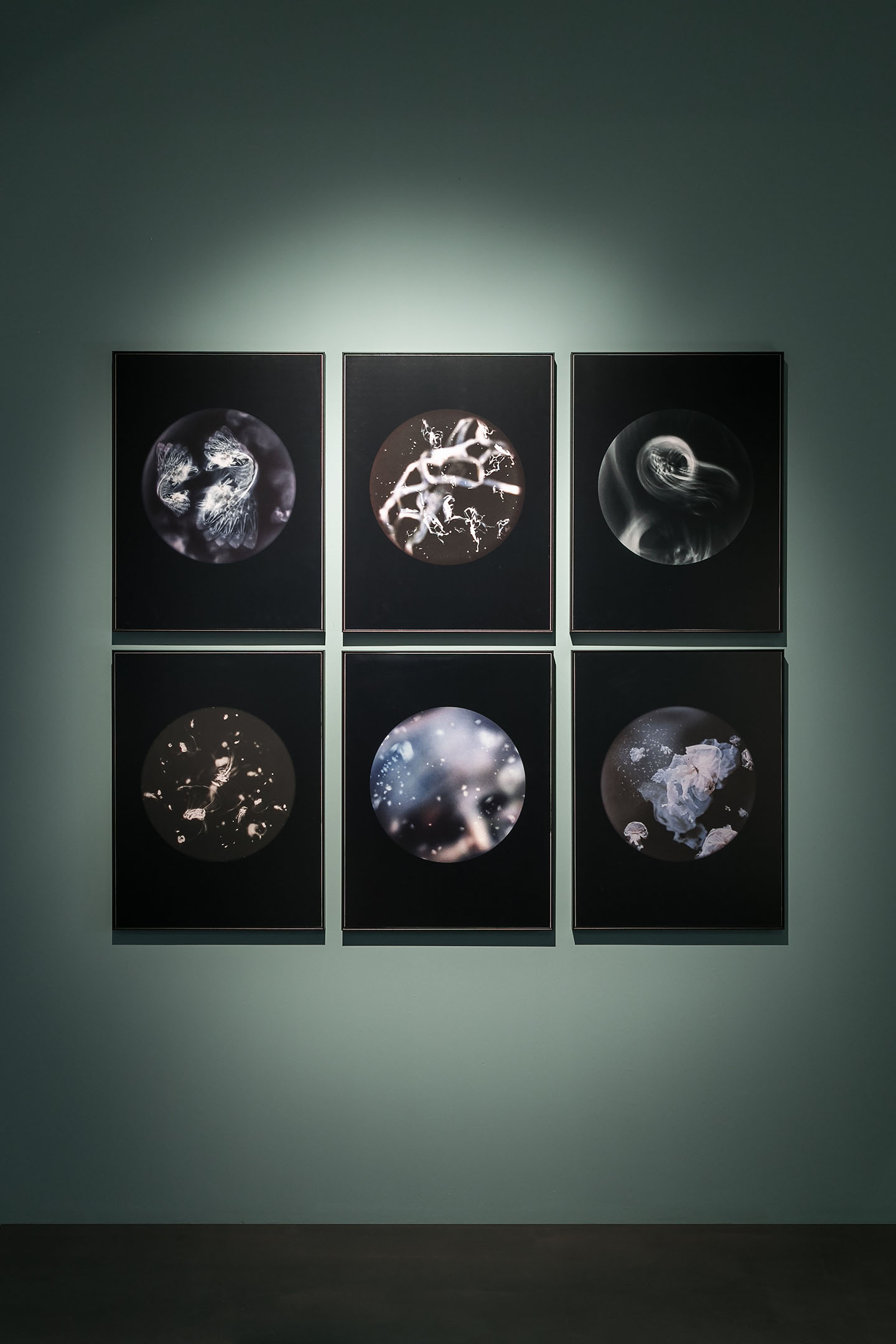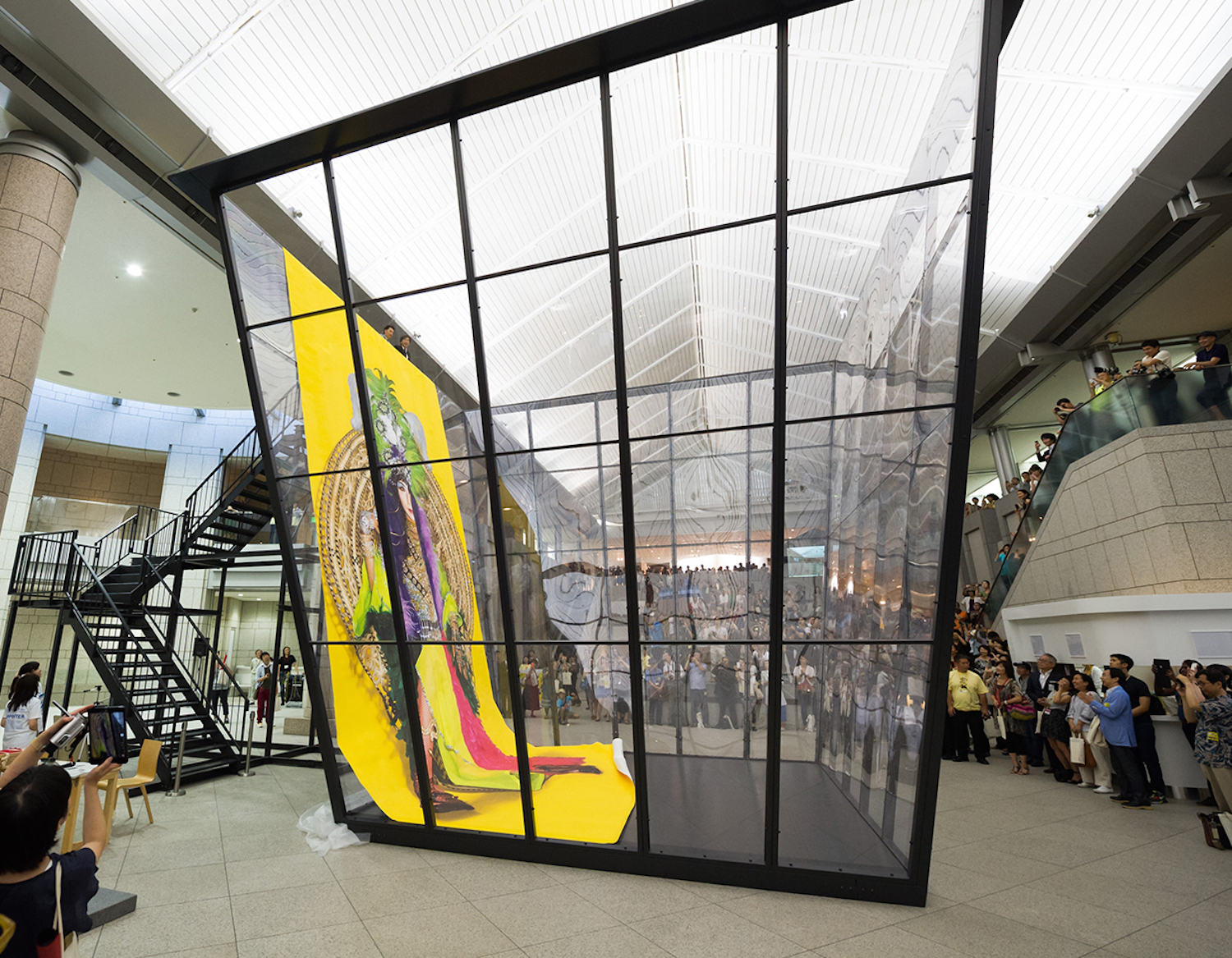Put it this way: what we define as contemporary is mainly connoted by fragility. If we look at projects like “Broken Nature: Design Takes on Human Survival” the XXII Triennale di Milano curated by Paola Antonelli, it seems that, no matter the perspective we adopt, the issue of the survival of humanity is for the first time anchored not to a new phase of what Nietzsche called the “will to power,” but rather to the ability (but are we really able?) to walk on tiptoe in a glassware shop for the rest of our lives. I quote Nietzsche who, not by chance, when it comes to making examples of the will to power often uses architecture. For instance, his beloved Mole Antonelliana, which stands out in the Turin sky, and whose equivalent of the fragile future balancing act that awaits us seems really hard to find. “Broken Nature” hosts installations and objects on the border between design, art, and architecture, including Alexandra Fruhstorfer’s Transitory Yarn(2016), Dominique Chen’s Nuka-doko(2008), Pettie Petzer and Johan Jonker’s Hippo Roller(1991), and works produced for the show by designers like Formafantasma, Neri Oxman, and Sigil Collective. Nietzsche surely would have not liked “Broken Nature” at all. Clearly because what happened from 1900 until today is the failure of the possible transvaluation of values that the philosopher had foreseen — strength, rigidity, superhumanity — values tested in the early twentieth century but undermined by the radical and immeasurable weight of environment and nature, which painfully cushioned the damage leading to their possible suicide thanks to the creation of the Anthropocene by Homo sapiens. The opposite of the will to power can’t be asceticism, as it was for Nietzsche — i.e., an exercise in style showing how much we can reduce our anthropocentric weight in the world — but becomes instead a sort of “fragile will,” of which “Broken Nature” is a masterly expression. The fossils and the symphonies of the animal world in the exhibition are fragile; the new materials used in the production of objects are fragile; the algorithmic processes inspired by the life of plants that architecture and design should treasure in the coming years are fragile. As the philosopher Paul B. Preciado often argued, fragile is also the only adjective on which a revolution can be based because, considering again the incorrect deconstruction of anthropocentrism operated by Nietzsche, it implies going beyond good and evil — concepts that are still too human — and trying to understand what it feels like to be a flower, a fossil, an insect, or a mineral. Only in this way, perhaps, our relationship with the surrounding environment can be renewed in the sophisticated way that the exhibition and the research of the curatorial team suggest; at the same time, it is also a matter of understanding why the testing ground of the philosophies that undermine anthropocentrism is only that of art and design.
The necessary social change is in fact still a victim of the economic and political dynamics that base their survival on an unsustainable ecology whose core is an anchored and immobile Vitruvian Man by Leonardo Da Vinci, lying as a sort of putrefied corpse. The most interesting philosophy today, in open dialogue with art and design (think of intellectuals like Timothy Morton or Armen Avanessian), originates via the new extra-human logic space and the fact of being conceivable by way of it. What does it mean that our only given destiny today is surviving as human subjects only by destroying the image, i.e., the concept, of what we thought “human” until now? We rightly mentioned “posthuman,” a concept treasured by “Broken Nature” as well as in the books (on display in the exhibition) that inspired the show, but we must understand that it is not too much of an anthropological change that we must expect in order to see the human-environment relationship be revolved as in a change of species: a “contemporary posthuman” (as I tried to define it in Fragile Humanity, Giulio Einaudi Editore, 2017) that from the propulsive formal notice of anthropocentrism did not make a cognitive jump, but rather a quantum one. Humanoids, as in the work of Patricia Piccinini (Sanctuary, 2018), are no longer animals or humans, neither bonobos nor anything else, but only interstitial creatures between indescribable existences and the end of the world. The space of life bends, mixes, and there is nothing left that isn’t simply a form of life that is embraced and held. This is perhaps the most profound meaning of this Triennale show, a design reinterpretation of the key concept of Gilles Deleuze’s philosophy of “becoming animal,” wherein forms of lives intertwine with other forms of life through, not surprisingly, the use of objects that redesign space, time, and the possibilities of the body. “What can a body do?” Deleuze would ask us, thinking about Spinoza. Today, thanks to “Broken Nature,” the only answer is again the one contained in “Ethics” by the Dutch philosopher: a man can only do what the laws of nature allow him.


